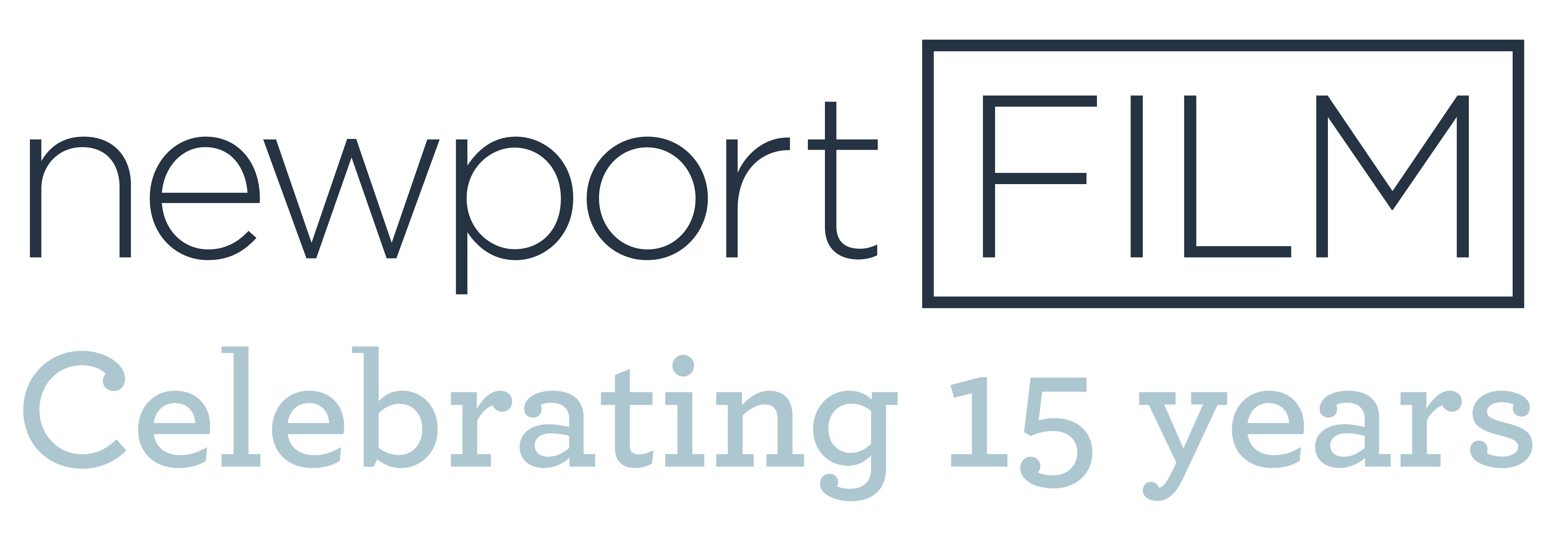Portraits of smart young entrepreneurial anti-heroes who know how to market to a restless generation is one theme connecting last week’s newportFILM screening of The Great Hack and this week’s documentary, Framing John DeLorean. But young DeLorean’s maverick leadership journey navigating the corporate culture of Cold War General Motors is not the main focus of this week’s film. Rather, the puzzle the directors set for themselves is how the long-lived, four-time married, narcissistic car designer’s many messy leadership failures might coalesce into a compelling story worthy of – well, a legend. A recurring plotline in the film are references to how many (unsuccessful) attempts have been made to bring DeLorean’s big, drama-filled “Act Two” bio to the big screen. But John Delorean is neither a come-back boxer, nor a businessman whose Second Act DeLorean Motor Company is, for me, anything but a cautionary tale. How is he a legend in this film’s telling? What is the take-away? I look forward to discussing these questions over the course of newportFILM’s curated summer film program. For now, here’s my take on the leadership theme I heard revving along in the background of Framing John DeLorean.
As the innovative young start-up-style president of the Pontiac Division of General Motors, John DeLorean (1925-2005) helped define 1960s American popular culture with the so-called Muscle Car – street-rocking power packed in a design swagger package worthy of the young and the restless. From 1964-73, the DeLorean-led team at Pontiac amped up innovation among Detroit auto manufacturers and captured the diffuse longing dreams of the burgeoning American youth movement of the 1960s. For a still-memorable decade, the DeLorean Pontiac GTO pushed the styling and performance envelope, reaching its centerfold moment as 1968 Motor Trend Car of the Year. If DeLorean had retired young in 1973 at the end of Act One, his role in 1960s American car culture would be legendary from his time leading the Pontiac team at General Motors. And untold stories and a film remain in that material.
Framing John DeLorean’s documentary footage and oral history interviews with people who were at General Motors with DeLorean from 1964-1973 does offer revealing historic reminders of the corporate status-quo leadership model that ultimately failed to respond to changing market forces. In the 1970s, the Detroit auto industry failed to innovate in the face of new global market challenges from the Middle East fuel crisis, U.S. government pollution regulations and changing youth taste for cars such as the redesigned Volkswagen Beetle. An entire film could be made delving into this chapter as a case-study in change management. How best to manage talent development, engineering team innovation, and executive bottom-line anxiety over risking change at a major corporation while the formula is still working? DeLorean’s decade of innovation at Pontiac ended in 1973. He and General Motors parted ways after his continued leaking of bad press about his employer reached a crisis point. Despite such treachery, DeLorean walked away from GM with a sweetheart deal because … that’s the way it was/is done? What lessons from such a case-study are still relevant for today’s corporate change management challenges?
It is the spectacular failures of DeLorean’s Second Act that titillate the directors of Framing John DeLorean. Their “Act Two” bio zooms in on that rocky period of life from age 48 to 60. Dramatic tension pulses over ambition and legacy sought after or abandoned. What kind of visionary leadership and success will we discover in the aging maverick corporate man who decides to go for it – risking it all to pursue the start-up entrepreneurial business vision that makes him feel alive as time ticks? And once this reinvention is underway, why not start entirely new personal life narratives, as well? Immortality as a siren beckoning beyond acceptable risk.
Let’s look closer. At age 48, DeLorean left his promising career at General Motors to found the DeLorean Motor Company and design a totally new and innovative car from the ground up. He married a 23 year old supermodel and together they began raising two young children in what appears to be a loving fabled family. Yet, by his mid-50s, DeLorean had horribly betrayed his exceptionally talented, lifelong engineering colleague who had left the Pontiac design team in order to design and engineer John Delarian’s dream car, the all stainless steel DMC-12 sports car. Further, as the fabulous founder of a new car company, DeLorean sought out the company of other sharks with whom he chose to cross lots of ethical business boundaries. By John DeLorean’s 60th birthday, his namesake DeLorean Motor Company was bankrupt and his workforce unemployed; he had been publicly arrested and tried as a drug dealer as well as being investigated for illegal financial transactions. His supermodel wife had divorced him and remarried; his betrayed colleague had moved on to start his own more modest automotive ventures with the help of a trusted network of friends and family. DeLorean’s two children grew up as collateral damage and their voices haunt the film – over a decade after their father’s death.
Framing John DeLorean features the 61-year old actor Alec Baldwin re-enacting key moments in this “Act Two” debacle. Baldwin brings humility and curiosity to what is really a cautionary tale. Baldwin speculates throughout the film about those pivotal leadership moments when John DeLorean could have pulled back from the edge and regrouped to fight another day. Instead, DeLorean doubled down, risked it all, and lost.
DeLorean’s own son wanted the film to end with his father alone, in a diminished one-bedroom apartment, having a heart attack and dying under a cross, but with redemption an open question. As viewers, what might we take away from such an opaque look at Act Two leadership models? I’ll close this review by shouting out to DeLorean’s betrayed engineering colleague, William “Bill” T. Collins, whose interviews throughout the film could have been used to more effectively question the impact on all Americans of risky leadership. Or, is ethical leadership simply not a sexy sell in America today? At one point in writing my review of Framing John DeLorean, I wanted to include in the title a play on Joan Didion‘s well-known essay (by way of Yeats), with my own rephrased image of failed American leadership. I toyed with the language: “slouching toward Viagra”. The idea was to capture the overweening pride of aging men needing to signal maverick youthful prowess when mature team leadership is what’s called for. But I decided that was too harsh. Or was it? Come decide for yourself.
Please join newportFILM for a free public screening of the new documentary, Framing John DeLorean, this Thursday June 27, 2019 at the Newport International Polo Grounds located at 250 Linden Lane, Portsmouth, RI. The Polo Field will open at 6:30pm with the film beginning at 8:45pm. As always, this is a free public event with BYO picnic and great food truck options. This week’s live pre-film music is by Los Duderinos. Stay after the film for Q/A with the directors, Don Argott and Sheena M. Joyce. For more information or to become a newportFILM member, head to https://newportfilm.com/
By Nancy Austin, PhD – newportFILM Outdoors Summer 2019 Humanities Blogger.
With support from the Rhode Island Council for the Humanities.




